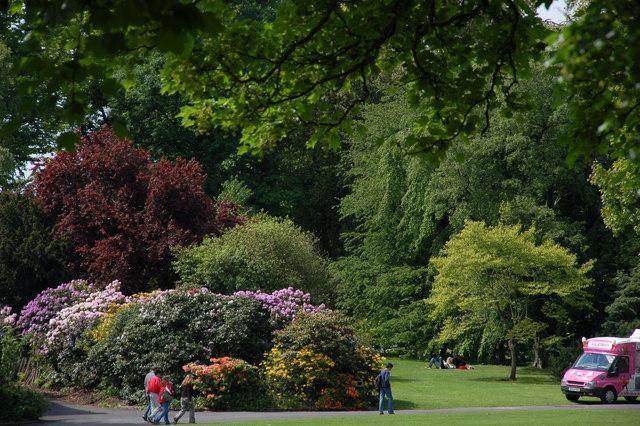Looking at floor after floor of the splendid outstretched roofs of the Horyu-ji Temple pagoda in Nara, Japan, it is hard to believe that this is the oldest wooden structure still standing in the world today. The five-story Buddhist building dates back to around the early 600s. For a wooden structure from a period that remote, we might expect something small and box-like to be all that’s left, after ages of wars and weathering away. What’s the secret behind this grand tower’s longevity?
It all began with Prince Shotoku (A.D. 574–622), who served as regent for the young Japanese Empress Suiko. He sent messengers across the sea to China to learn from their rich and advanced civilization, the same civilization that today is associated with the golden age of Chinese history, the Tang Dynasty.






